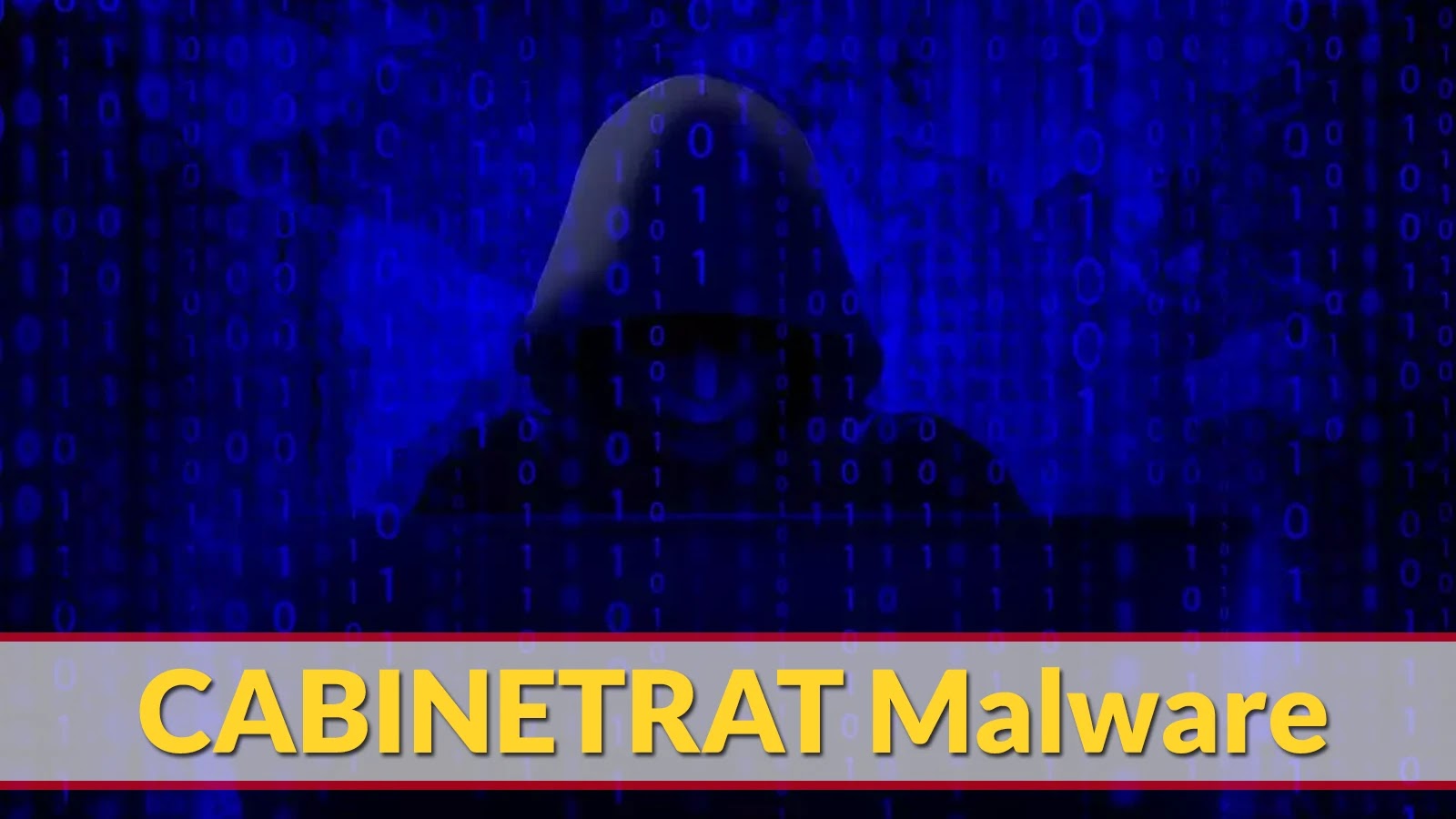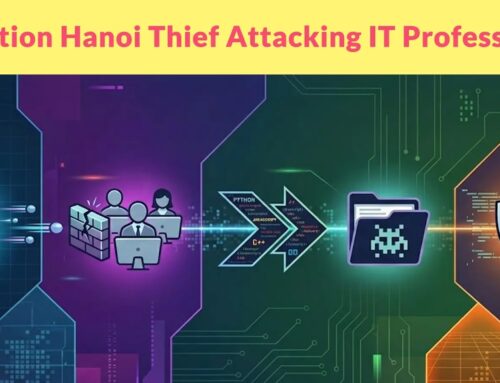
Ukraine Warns of Weaponized XLL Files Delivers CABINETRAT Malware Via Zip Files
Urgent Cybersecurity Alert: Weaponized XLL Files Deliver CABINETRAT via Zip Archives Targeting Ukraine
The digital front lines in Ukraine are facing a renewed and sophisticated threat. Ukrainian security agencies have issued a critical warning regarding a potent malware campaign. This operation targets government and critical infrastructure sectors through expertly crafted, weaponized Microsoft Excel add-in (XLL) files. These malicious XLLs, distributed covertly within compressed archives, are designed to deploy the dangerous CABINETRAT backdoor. This development signifies a significant escalation in targeted cyber operations against Ukrainian entities, demanding immediate attention from cybersecurity professionals globally.
Understanding the Threat: Weaponized XLL and CABINETRAT
At the core of this attack vector are weaponized XLL files. XLL files are dynamic-link libraries (DLLs) specifically designed to extend Microsoft Excel’s functionality. While legitimate in their intended purpose, their ability to execute code makes them a prime target for malicious actors. In this campaign, these XLLs are not just add-ins; they are carefully engineered conduits for malware delivery.
The payload delivered by these weaponized XLLs is the CABINETRAT backdoor. While specific details on CABINETRAT’s full capabilities are still emerging, backdoors typically allow attackers to gain persistent, remote access to a compromised system. This access can be leveraged for a wide array of malicious activities, including:
- Data exfiltration (stealing sensitive information).
- Lateral movement within a network.
- Installation of additional malware.
- Espionage and surveillance.
- Disruption of critical services.
The use of a backdoor like CABINETRAT, rather than a more direct destructive payload, suggests a long-term strategic objective, likely intelligence gathering or preparing for future operations.
Attack Methodology: Distribution via Zip Files
The attackers employ a tried-and-tested method for initial infection: distribution via compressed archives, specifically Zip files. This technique proves effective for several reasons:
- Evasion of Detection: Zip files can often bypass basic email filters and gateway security solutions that might flag standalone executable files.
- Social Engineering: Attackers can craft compelling phishing emails that entice recipients to open the attached Zip file, often disguised as legitimate business documents or urgent communications.
- Obfuscation: The malicious XLL file is hidden within the archive, requiring the victim to first extract the contents before inadvertently executing the payload.
Once the victim opens the malicious XLL file, the embedded code executes, initiating the download and installation of the CABINETRAT backdoor. This seamless transition from user interaction to malware deployment highlights the sophistication of the campaign.
Why This Matters: Implications for Critical Infrastructure
The explicit targeting of “government and critical infrastructure sectors” elevates this campaign’s significance. Successful infiltration of these networks can have severe consequences:
- National Security Risks: Compromise of government networks can lead to the theft of state secrets and classified information.
- Economic Disruption: Attacks on critical infrastructure (power grids, transportation, financial systems) can cause widespread outages and economic instability.
- Public Safety Threats: Operational disruption in sectors like healthcare or emergency services can directly endanger public safety.
This attack underscores the ongoing, evolving nature of cyber warfare and the relentless targeting of vital national assets.
Remediation Actions and Proactive Defense
Given the severity of this threat, immediate and comprehensive remediation actions are crucial. Organizations, particularly those in critical infrastructure and government sectors, must implement robust defense strategies.
- User Awareness Training: Conduct regular, up-to-date training on identifying phishing attempts, especially those involving zipped attachments or unusual file types (like XLLs). Emphasize the dangers of opening attachments from untrusted sources.
- Email Security Gateways: Implement advanced email security solutions capable of sandboxing attachments, scanning for malicious content dynamically, and filtering out suspicious file types, including XLLs, when not explicitly required for business operations.
- Endpoint Detection and Response (EDR): Deploy EDR solutions to monitor endpoints for suspicious activity, process execution anomalies, and network connections indicative of backdoor communication.
- Network Segmentation: Implement strong network segmentation to limit lateral movement in case of a successful breach, containing the impact of the CABINETRAT backdoor.
- Disable Unnecessary Features: Follow the principle of least privilege for applications. Consider disabling the execution of XLL files or macro execution by default where not critical for business operations, or implement strict controls for their use.
- Regular Backups: Maintain comprehensive and regularly tested backup and recovery procedures to minimize downtime and data loss in the event of a successful attack.
- Threat Intelligence Integration: Subscribe to and integrate threat intelligence feeds, such as those from Ukrainian security agencies, to stay informed about emerging threats and indicators of compromise (IoCs).
- Patch Management: Ensure all operating systems, applications, and particularly Microsoft Office suites, are fully patched and up-to-date to mitigate known vulnerabilities.
Further Information and Resources
For the most current information and official alerts, please refer to advisories issued by Ukrainian government cybersecurity bodies. While specific CVEs related to CABINETRAT’s methodology were not detailed in the source, it is imperative to monitor for any associated vulnerability disclosures.
This incident serves as a stark reminder of the sophisticated and persistent threats faced by nations in the digital realm. Vigilance, robust security practices, and continuous adaptation are paramount for protecting critical digital assets.





